Tank Mixing - The Benefits And The Pitfalls
Tank mixes are a great way of saving time, labour, grabbing a weather window, reducing turf wear with multi sprayings and even enhancing results in some cases.
One of the most frequent questions that I am asked is, “Can I mix A with B and put in a bit of C and possibly some D?” It is easy to say “this should be alright” but there are a lot of things to consider first:
1. Ensure that the target area is the same. Are you aiming for the leaf or the soil? If you mix a foliar and soil product you may compromise some or all of the mix. For example a wetting agent intended for the soil can take a foliar feed intended for the leaf into the soil with it.
2. Are the products a tank mix physical compatibility? A number of manufacturers carry out extensive tank mix trials on their products which may be included on the label, if not, technical websites / literature but, if unsure ask the manufacturer of your supplier.
3. If unsure, you can carry out a jar test first to ensure the proposed mix stays in solution with no issues such as crystallisation, separation, thickening etc. Give the jar test enough time for any reactions to happen.
4. Even though they are jar tested compatible, as a mix are they turf safe / biologically safe? The formulation of one product may cause issues when applied with another.
5. Are they safe and suitable in prevailing weather conditions and stage of growth?
6. Follow the water volumes ranges suggested on the individual products,
for example:
Product A has a water volume of 400-800 litres and product B has a water volume of a minimum of 500 litres, then your mix must be 500-800 litres water. Never reduce the water volume below the minimum level of the recommendations on the highest water product.
The Order Of Mixing In A Tank
1. Ensure that the spray tank is clean. It should have been cleaned after the last use. Always use an approved quality tank cleaner.
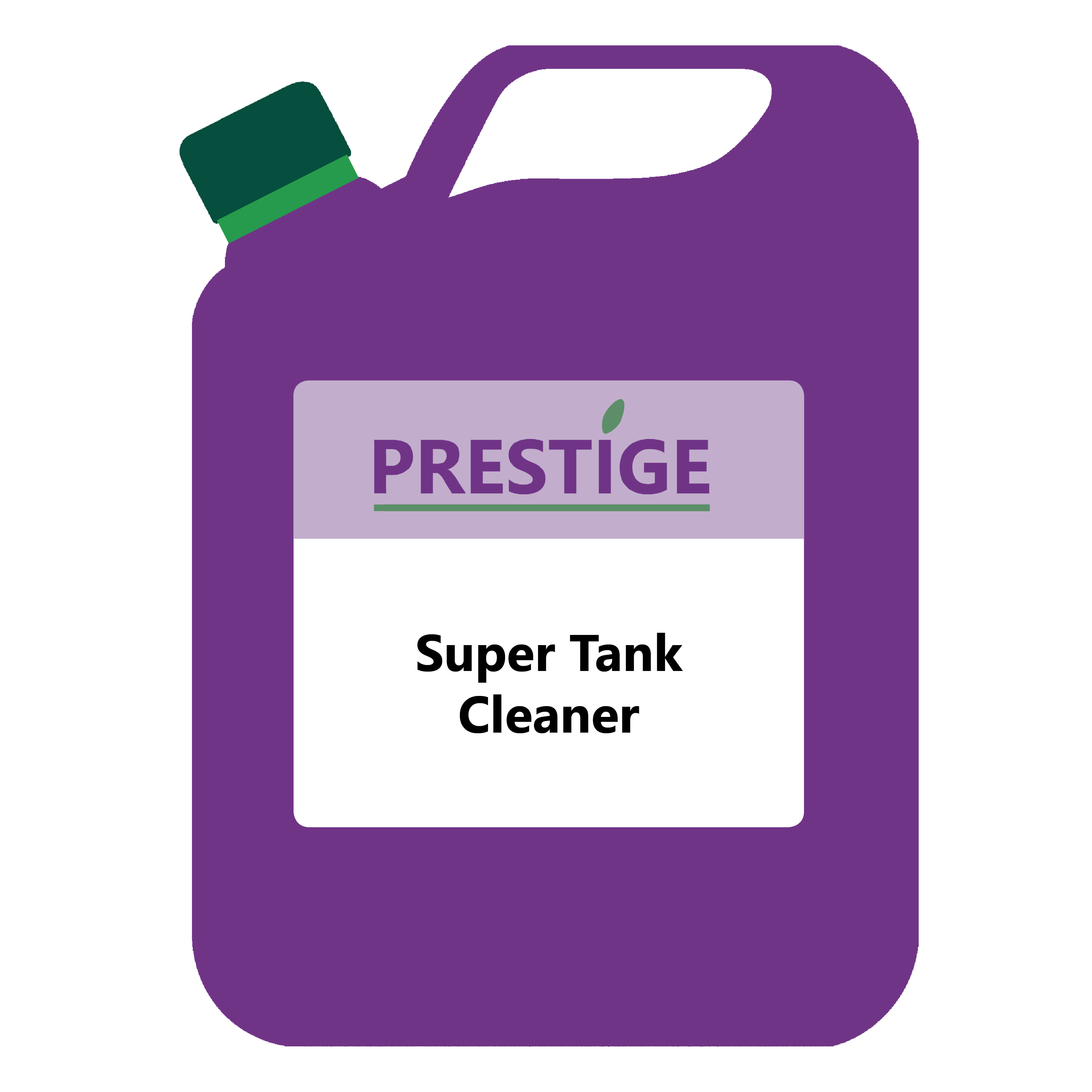
2. Fill the tank to at least half way with clean water, either mains or borehole (ensure borehole water is tested regularly, Collier Turf Care can do this for you, just ask your local Rep).
3. Ensure to watch for any coagulation or separation at each stage you add another product.
4. If your water is alkaline, add a pH buffer to bring the pH back to neutral or slightly acidic.
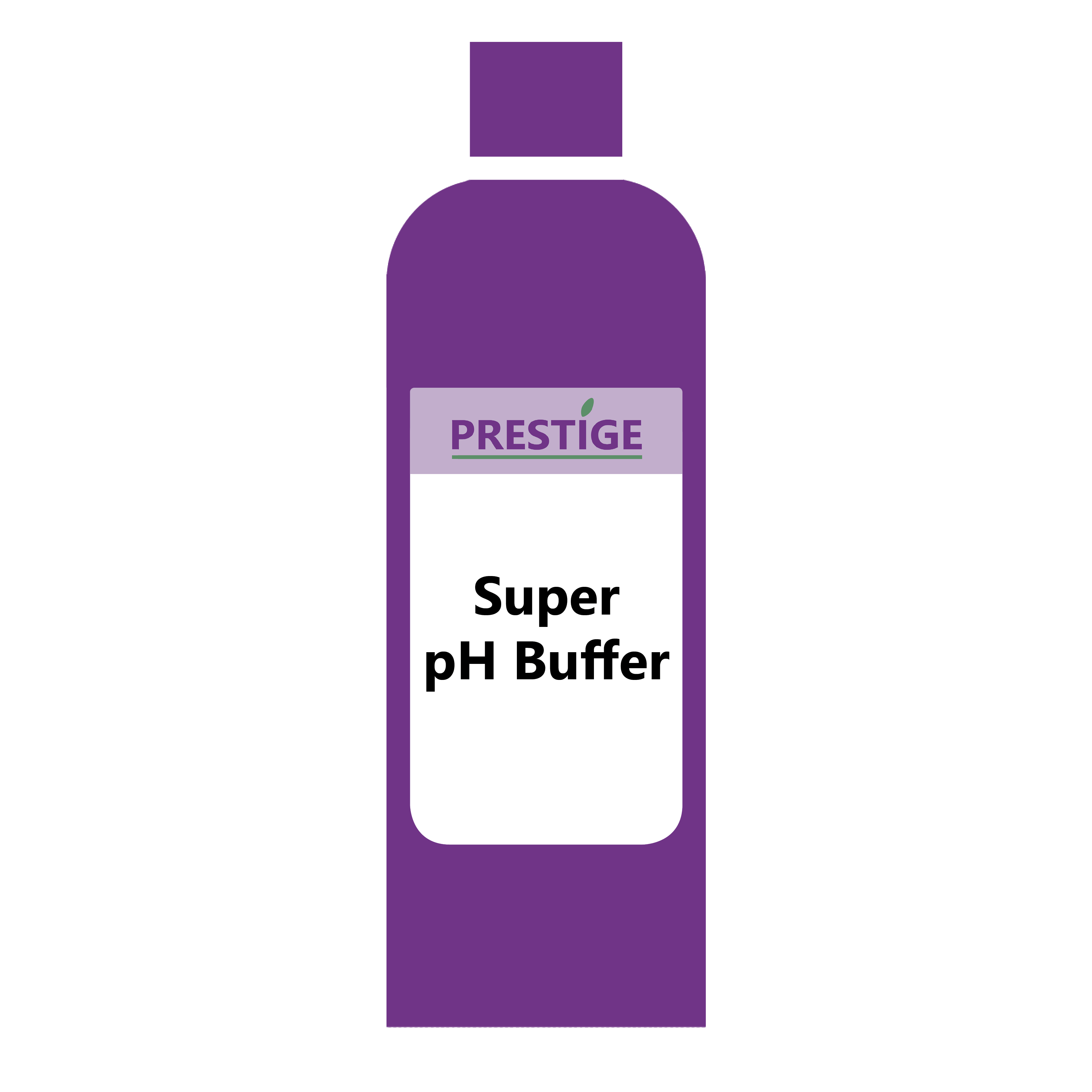
5.Then add in any of the metals or acidic products such as Sulphate of iron, zinc, copper or any straight trace elements etc. Agitate well and ensure properly dispersed within the tank. Note, some metals can act as a pH buffer in themselves.
6. If you are using any water soluble product, then these go in next. Ensure that you follow the manufacturers instructions as some will need to be pre-mixed in a bucket first and others need to go directly into the spray tank. Some straights should be pre-filtered before going into the spray tank. (Try straining them through a cotton pillowcase to remove any small gritty bits).
7. If you have put in any water soluble products, you must now agitate the tank for a minimum of 10 minutes, sometimes longer if things don’t look well distributed within the tank.
8. Now add in any products that are a Suspension Concentrate (SC). You should be able to find this on the product label. Then agitate the tank well.
9. Next add any product that is an Emulsifiable Concentrate (EC). Again you should be able to find this on the product label. Agitate the tank again.
10. Next add any product that is a Soluble Liquid (SL). These include most liquid fertilisers and combination trace element packages. Again you should be able to find this on the product label. Agitate the tank yet again.
11. Add any adjuvants and spraying aids. Such as registered pesticide adjuvants, stickers, pigments or spray dyes.Then agitate once more.
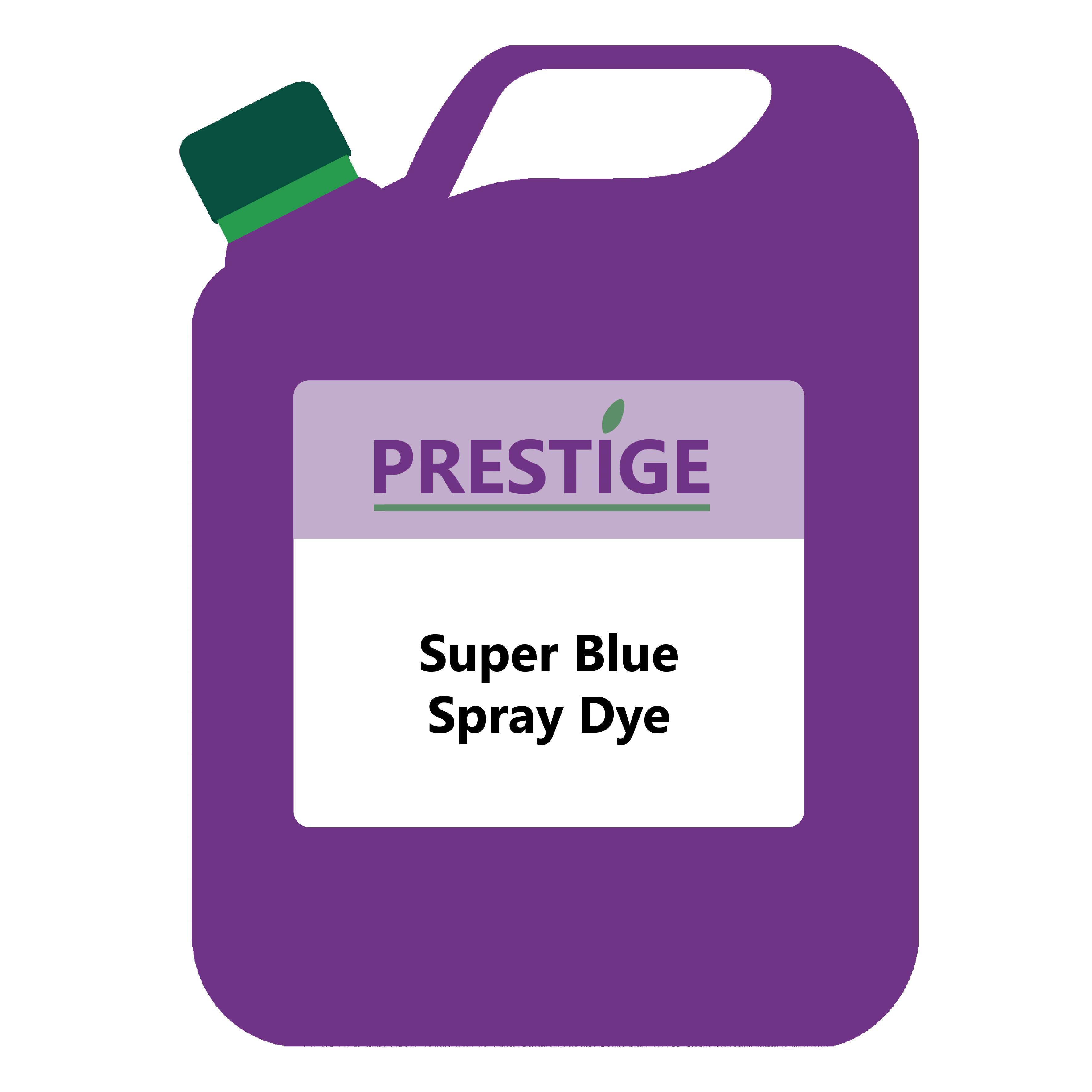
12. Triple rinse the containers of liquids to ensure you get all the product out of the bottles and include washings as part of the water. This prevents wastage and leaves clean containers for disposal.
13. Fill up with clean water up to the desired level.
14. Spray out immediately and keep the tank agitated. Do not stop for a tea break and definitely do not leave a mixture in the spray tank overnight.
15. Once you have finished spraying remember to clean the tank, flush the tank through and clean the nozzles and filters.
It's Only Mixing Things Together, What Could Go Wrong?
I often see on Social media, pictures from greenkeepers or groundsman showing the cocktail they are applying to their turf. Purely out of professional curiosity they always make me take a second look and I study the mix and assess if it’s a suitable tank mix and exactly what it will do.
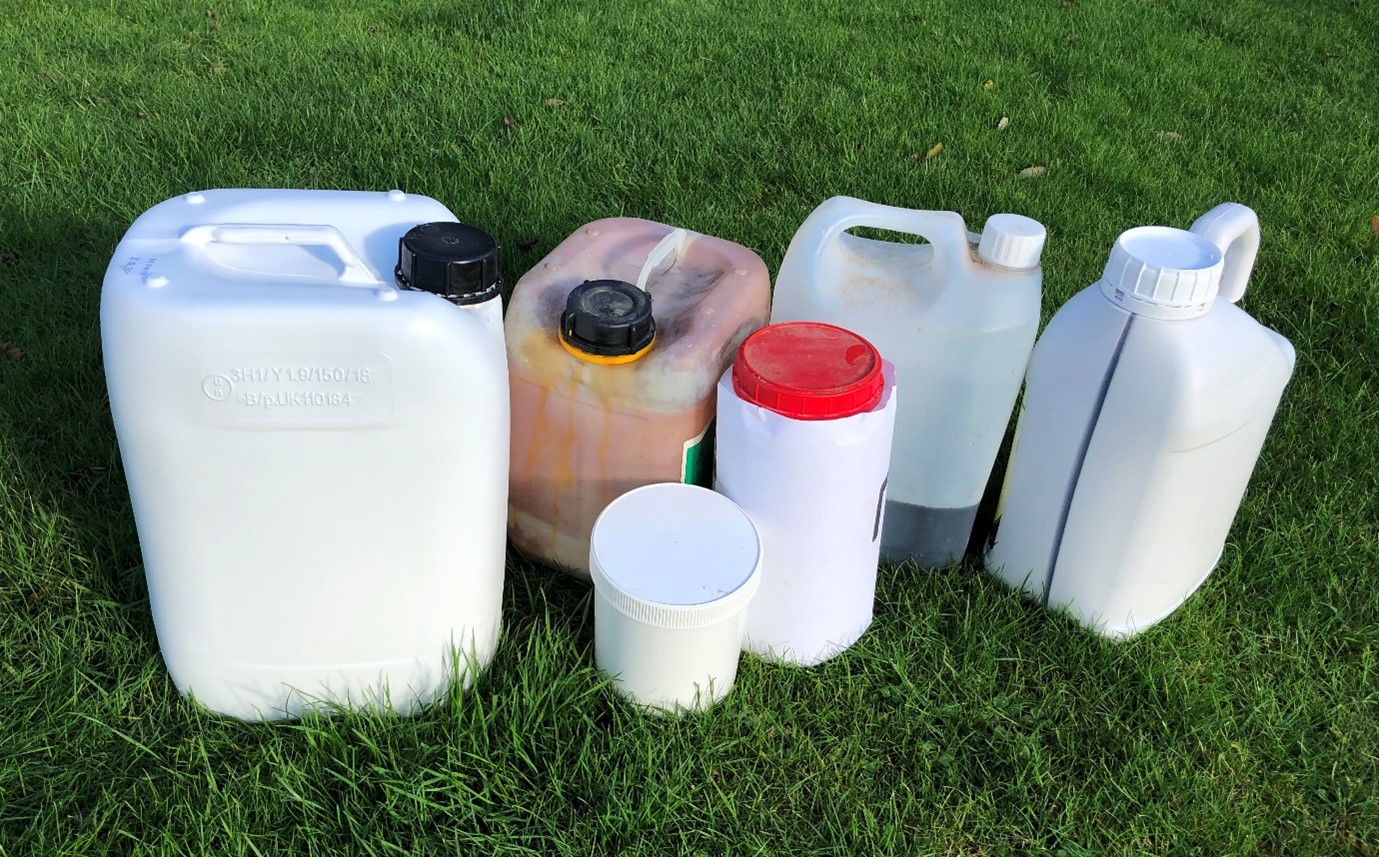
Surprisingly, it’s quite often that I notice that some of the products will not mix physically, the water volumes are not compatible or one product will render another one inactive. An inappropriate tank mix can cause a blocked sprayer or damaged pump, or a waste of products or damage to your turf. Product manufacturers spend a lot of time and money on researching what will agronomically be a good mix and ensuring it is turf safe.
Oops! That Didn't Mix
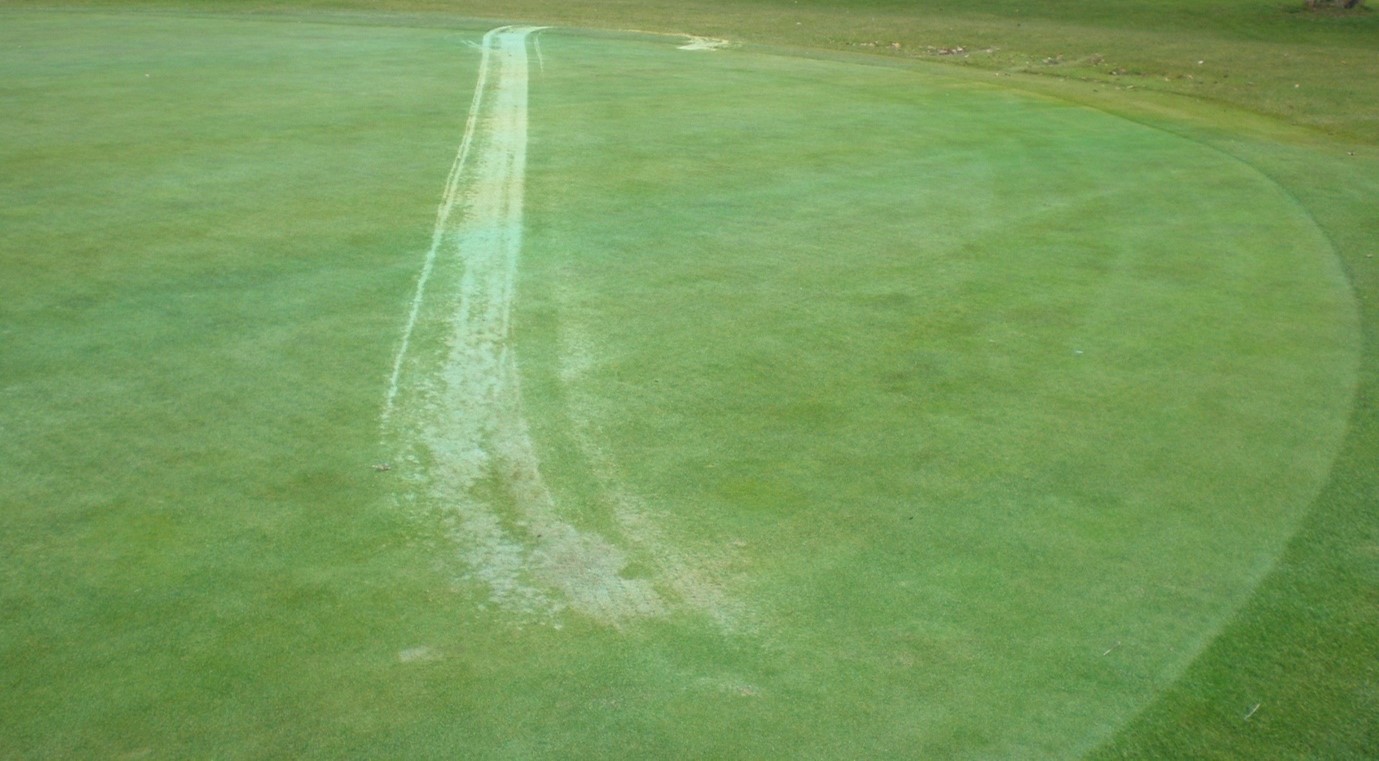
This inappropriate tank mix caused products to turn to a mixture similar to toothpaste. This required re-turfing the damaged green and a total strip down, clean and rebuild of the sprayer, including the pump.
By Chris Humphrey MBPR FQA, Technical Manager
For qualified advice, contact Collier Turf Care on 01328 700600 to be put in touch with your local BASIS qualified adviser